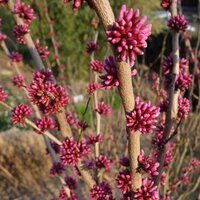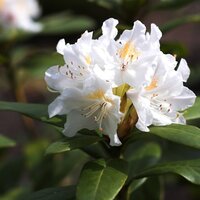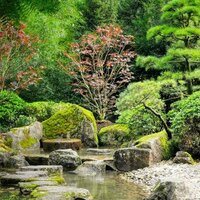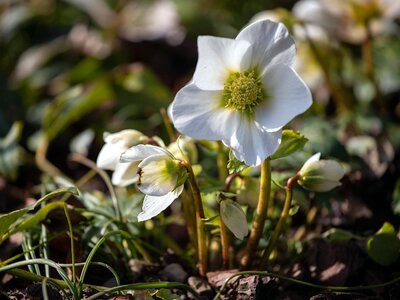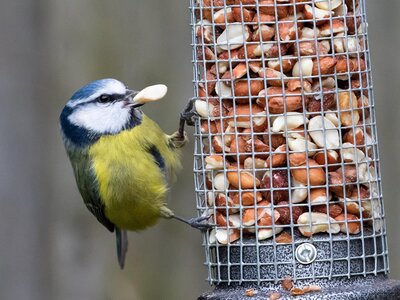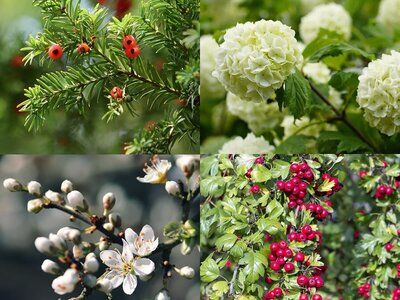Tranquillity in Your Own Back Garden
There’s something timeless and calming about a Japanese-style garden. These serene spaces offer more than visual appeal — they encourage peace of mind, mindful observation, and a connection with nature. Even in the lush, often rain-soaked landscapes of the west of Ireland, it’s entirely possible to craft a Japanese-style retreat that complements our climate and garden culture.
So, what defines a Japanese garden? And how can you design one that works in our part of the world?
 Japanese style garden with acers, conifers and rock formations - Image by Albrecht Fietz from Pixabay
Japanese style garden with acers, conifers and rock formations - Image by Albrecht Fietz from Pixabay
What Is a Japanese-Style Garden?
At its heart, a Japanese garden is about simplicity, symbolism, and harmony. Inspired by centuries-old traditions, these gardens aim to recreate the essence of nature in a stylised, minimalist way. Rather than bursts of bold colour or extravagant displays, you’ll find calm, muted tones, sculpted evergreens, flowing forms, and natural elements such as stone, water, and gravel.
Every element has a purpose — from the placement of a stepping stone to the pruning of a pine. The goal is to create a landscape that invites reflection, not distraction.
Key Features of a Japanese Garden
- Stones & Gravel: Used to represent mountains or flowing water. Raked gravel patterns suggest movement and rhythm.
- Water Elements: Whether it’s a still pond, a gently bubbling basin (tsukubai), or a simple bamboo fountain (shishi-odoshi), water brings life and sound.
- Bridges and Stepping Stones: These guide the visitor through the space, often symbolising a journey or passage.
- Lanterns and Ornaments: Traditionally stone, these are placed sparingly for subtle accents and focal points.
- Evergreens: Shape, texture, and structure take precedence over seasonal flowers. Plants are chosen for form and foliage.
- Enclosure: Japanese gardens are usually private, inward-looking spaces. Hedges, bamboo screens, or fencing can help define and contain the garden.
Planning a Japanese Garden in the Irish Climate
Ireland’s temperate climate — with its reliable rainfall and relatively mild winters — is surprisingly well-suited to many of the plants and principles found in Japanese gardens. However, a few adaptations can help your design thrive:
- Drainage is key. While Japanese gardens embrace water, they also rely on carefully controlled landscapes. Raised beds, gravel paths, and water features should all be well-drained.
- Shelter: Many traditional plants (like Acer palmatum - Japanese Maple) appreciate some protection from harsh winds. Use existing hedges or plant a natural screen.
- Keep it Small: Japanese gardens are often compact. Even a small courtyard or corner of the garden can become a peaceful retreat with the right layout.
10 Plants for an Irish Japanese-Style Garden
Here’s a curated list of plants that perform well in Irish gardens and fit beautifully within a Japanese theme:
- Pinus mugo (Dwarf Mountain Pine) – A slow-growing, compact conifer that offers structure year-round.
- Acer palmatum (Japanese Maple) – Ideal for a splash of seasonal colour and graceful shape. Choose a sheltered, semi-shaded spot.
- Buxus sempervirens (Boxwood) – Easily clipped into formal mounds or shapes, echoing the discipline of Japanese pruning.
- Nandina domestica (Heavenly Bamboo) – Not a true bamboo, but its fine foliage, red stems, and berries give a lovely vertical accent.
- Hakonechloa macra (Japanese Forest Grass) – Adds movement and softness at the front of borders or near paths.
- Camellia japonica – Glossy leaves and winter-spring flowers, well suited to acidic Irish soils.
- Rhododendrons – Come in various sizes to add beautiful spring blooms and evergreen structure to a garden with acid-leaning soils.
- Peonies – Showy, ornamental flowers like peonies are great for bringing splashes of colour to Japanese gardens
- Helleborus orientalis (Lenten Rose) – Ideal for underplanting, offering early blooms and requiring little fuss.
- Dryopteris erythrosora (Japanese Shield Fern) – Adds a lush, green understorey with delicate bronze-tinted fronds.
Maintaining the Look: Low Effort, High Impact
One of the great joys of a Japanese garden is how well it can thrive with low input once established.
- Pruning is more art than chore. Many evergreens, especially pines and box, benefit from annual shaping. Keep the look clean and intentional, without over-clipping.
- Weed control is simplified with gravel mulches and moss. Both suppress weeds naturally and fit seamlessly into the aesthetic.
- Fertility needs are modest. Most of the recommended plants aren’t greedy feeders. A light mulch in spring is usually enough.
- Avoid clutter: Japanese gardens are about restraint. When in doubt, simplify. A single striking plant or stone has more power than a crowded border.
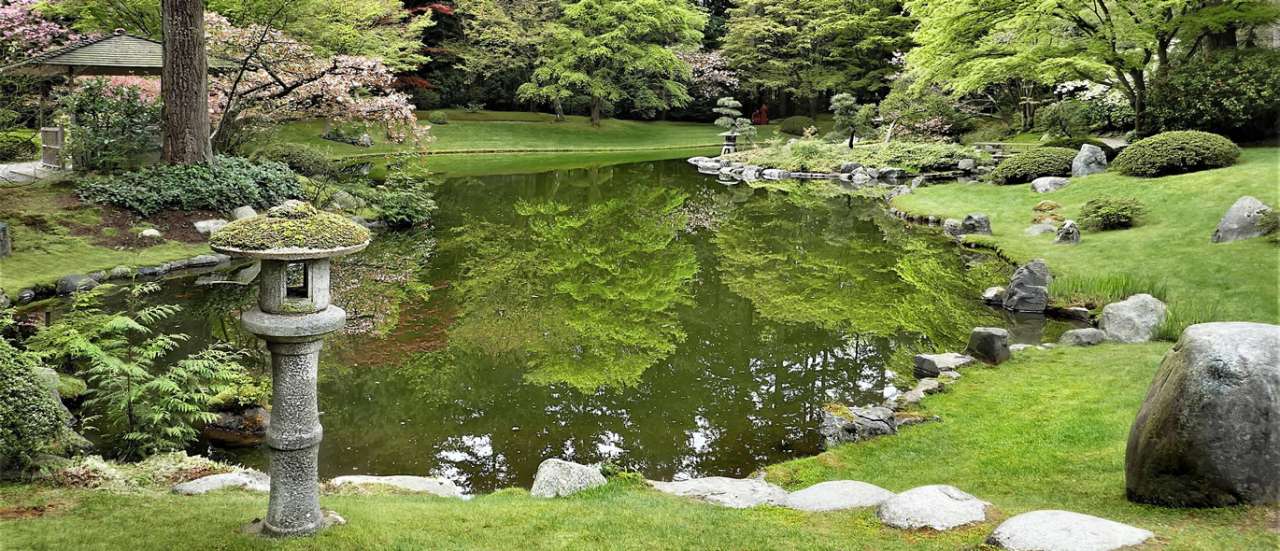 Japanese-style park space with simplicity in mind - Image by Guy Dugas from Pixabay
Japanese-style park space with simplicity in mind - Image by Guy Dugas from Pixabay
Final Thoughts
Creating a Japanese-style garden in Ireland isn’t about copying an exact template — it’s about interpreting timeless principles in a way that suits your space, lifestyle, and climate. It offers a beautiful counterbalance to busyness and provides a retreat right outside your door.
Whether you're starting from scratch or transforming a forgotten garden corner, your journey toward creating a space of calm can begin with a single plant, a carefully placed rock, or even just a raked path.
If you’d like help choosing the right plants or planning your layout, our team at are always happy to guide you. Drop in for a chat — and start bringing your own piece of Japan to life, right here in Ireland.
If you're looking for a more comprehensive garden solution, we also have a dedicated team of landscapers and garden design experts who can make your dream garden a reality. For more information see our Landscape & Design Service or give us a call.
You may also be interested in our 'How to' guide on How and Where to grow Japanese Acers
Still need more inspiration? You may be interested in visiting the Irish National Stud’s Japanese Gardens in Co. Kildare.


